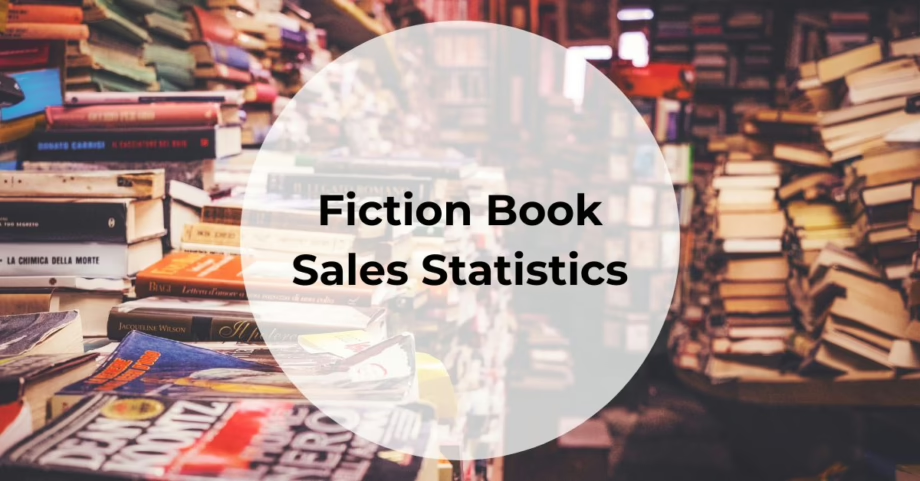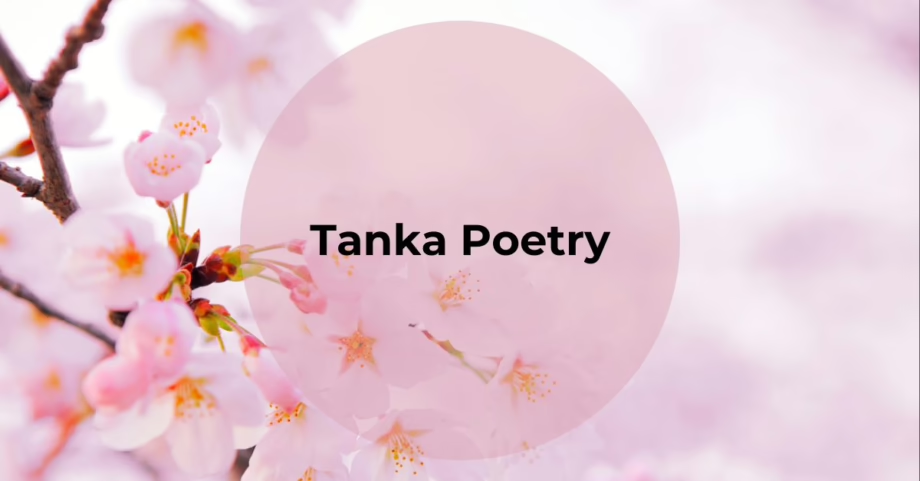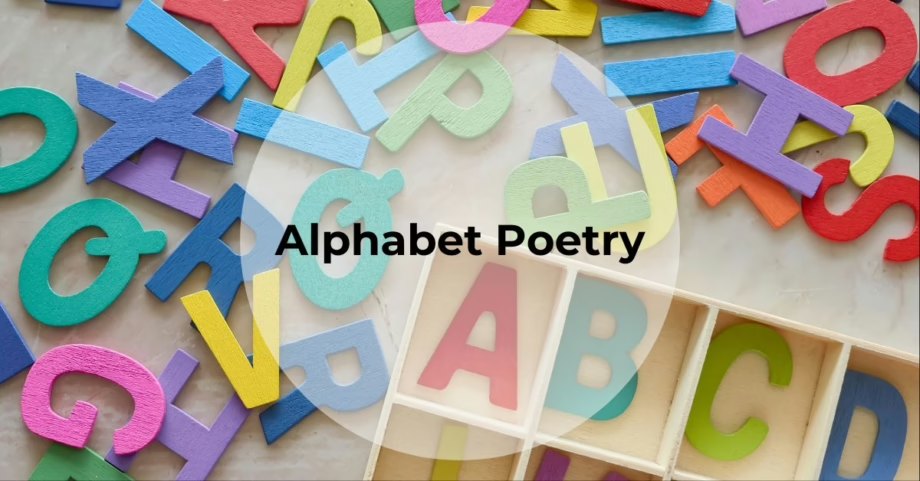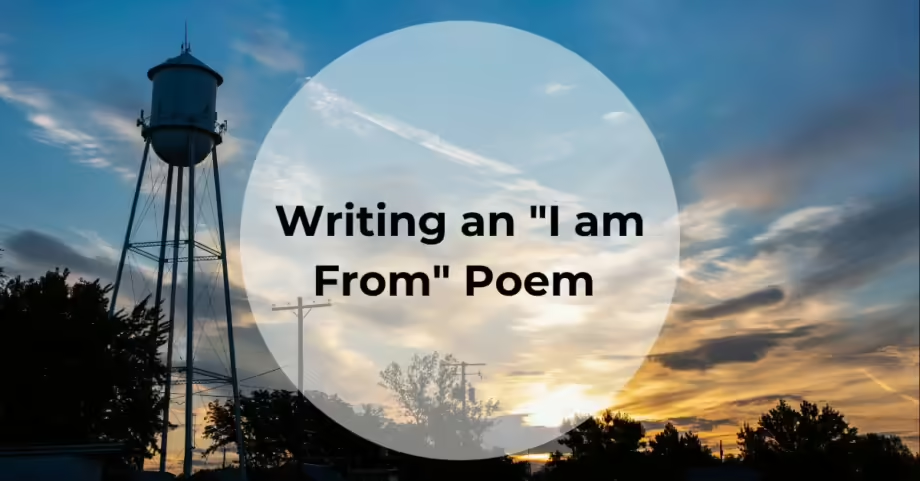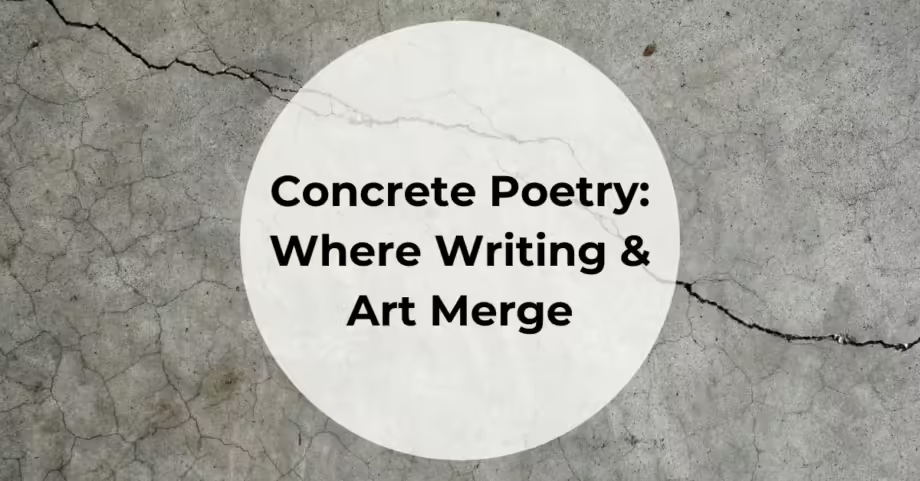Have you ever read a piece of writing that flowed effortlessly, making complex ideas easy to understand?
One of the key factors behind such effective writing is the use of text structures. Text structures are the building blocks of clear and organized writing, helping readers follow the narrative or argument with ease.
Whether you’re writing a story, a report, or an essay, understanding and using the correct text structure can make your content more engaging and comprehensible. In this guide, we’ll explore text structures, why they matter, and how you can use them in your writing.
What are Text Structures? A Definition
Text structures are organizational patterns that writers use to arrange their ideas and information. Like a well-designed building has a solid framework, good writing relies on structured formats to support and present its content.
By using text structures, writers can guide readers through their thoughts logically, enhancing readability and comprehension. Recognizing and applying these structures can transform writing from a jumble of ideas into a cohesive and impactful message.
Common Types of Text Structures
There are several common text structures that are frequently used in various types of writing. Let’s explore each type of text structure with an example. Then, we’ll provide you with specific tips on how to identify these text structures when reading.
Descriptive Structure
The descriptive structure provides detailed information about a topic, person, place, or thing by outlining its features, characteristics, or attributes. This structure helps to paint a vivid picture in the reader’s mind, making the content more immersive and engaging.
Example: “The ancient castle stood tall on the hill, its stone walls weathered and covered with ivy. Inside, the grand hall was adorned with dusty tapestries and a massive chandelier that hung precariously from the ceiling.”
This description allows readers to visualize the castle, making them feel like they are walking through its halls.
Identification Tip: “such as,” “for instance,” “including”
Sequence/Chronological Structure
This structure presents events or steps in a process in the order they occur, making it ideal for narrating histories, instructions, or storytelling.
Example: “First, preheat the oven to 350 degrees. Next, mix the flour and sugar in a large bowl. After that, add the eggs and milk, stirring until the batter is smooth. Finally, pour the mixture into a baking dish and bake for 30 minutes.”
By following this structure, the writer guides the reader through the process step by step.
Identification Tip: “first,” “next,” “then,” “finally”
Cause and Effect Structure
The cause-and-effect structure explains why something happened (cause) and what happened as a result (effect). This is commonly used in scientific, technical, or analytical writing to show relationships between events or actions.
Example: “Due to heavy rainfall, the river overflowed its banks, leading to widespread flooding in the nearby towns. As a result, several homes were damaged, and the local school was closed for repairs.”
This structure helps to establish a clear link between events, making it easier for readers to understand the consequences of actions.
Identification Tip: “because,” “as a result,” “therefore”
Compare and Contrast Structure
This structure highlights similarities and differences between two or more items, helping readers make decisions or understand different perspectives.
Example: “While both laptops offer powerful performance, the Model A has a longer battery life and a higher resolution screen, whereas the Model B is lighter and more affordable.”
By comparing these two models, the writer helps the reader weigh the pros and cons, aiding decision-making.
Identification Tip: “similarly,” “in contrast,” “however”
Problem and Solution Structure
The problem and solution structure presents a problem and then outlines one or more potential solutions. This format is often seen in persuasive or argumentative writing, where the goal is to convince the reader of a particular course of action.
Example: “The city has been facing increasing traffic congestion, especially during rush hours. One solution could be to expand public transportation options, such as adding more bus routes and introducing a bike-sharing program to encourage alternative commuting methods.”
This structure not only highlights the issue but also provides actionable solutions, making the content informative and proactive.
Identification Tip: “problem,” “solution,” “one way to solve”


Importance of Text Structures in Writing
Using the right text structure can significantly enhance the readability and engagement of your writing. It helps organize ideas clearly and logically, making it easier for readers to follow your narrative or argument. Whether you’re writing an academic paper, a business report, or a creative piece, structuring your content effectively ensures that your message is communicated in the best possible way.
Text Structures in Various Writing Contexts
Text structures are versatile and can be used across many writing contexts:
- Academic Writing: Organize research findings, present arguments, or analyze literature.
- Business and Technical Writing: Outline procedures, compare product features, compare your product to that of a competitor, or propose solutions to business challenges.
- Creative Writing and Storytelling: Develop characters, narrate events, or set the scene with vivid descriptions.
Conclusion
Text structures are essential tools for any writer. By mastering these organizational writing patterns, you can make your writing more straightforward, engaging, and effective. Whether you’re crafting an essay, a report, or a novel, understanding how to use text structures will help you communicate your ideas in a way that speaks directly to your audience.
Take the time to practice and experiment with these structures, and watch your writing skills grow!
Fiction Book Sales Statistics (2025): A Writer’s Guide
Understanding the data behind fiction book sales isn’t just interesting trivia—it can shape how you…
Tanka Poetry: History, Structure, and How to Write Your Own
Tanka poetry is a traditional Japanese poetic form known for its brevity, emotional depth, and…
Alphabet Poetry: How to Craft Engaging Poems From A to Z
Alphabet poetry, sometimes called abecedarian poetry, is a fun form of creative writing that uses…
The Climax: Volume 6, Issue 4
I didn’t know what to expect when I started this magazine in 2018. A few…
I am From Poems & How to Write One
Poets often reflect on the places they came from. An origin poem, of sorts. Made…
Concrete Poetry: Where Writing & Art Merge
Writers always look for ways to push boundaries, combining forms and experimenting with genres. Concrete…


